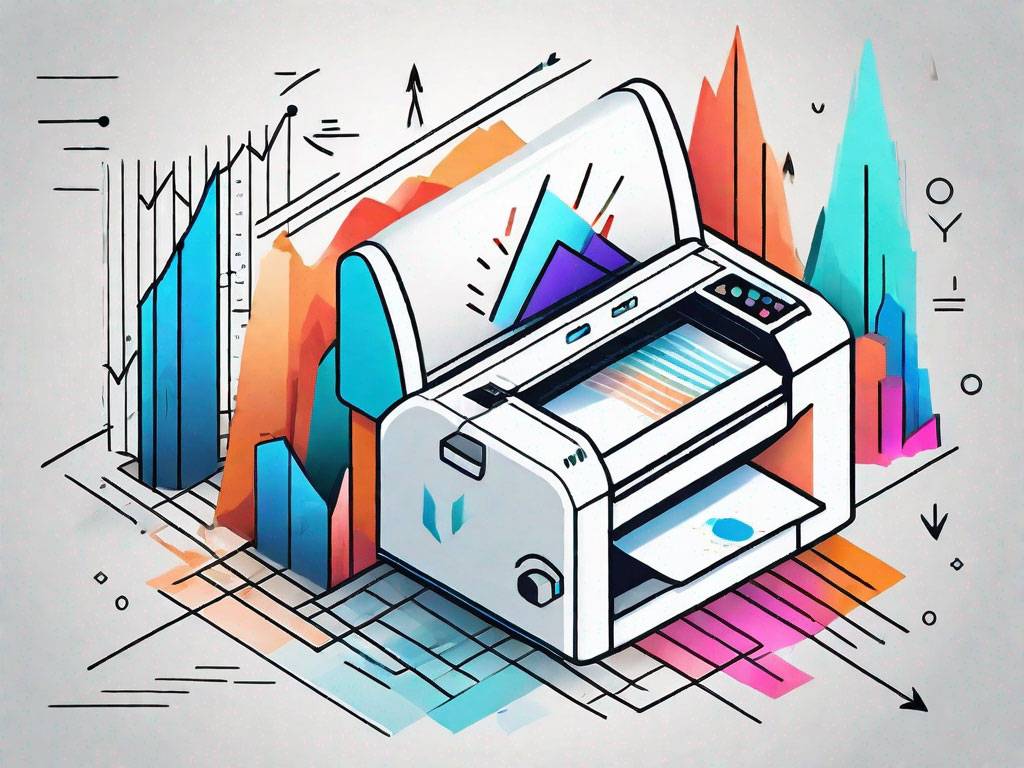Uncover the advantages and disadvantages of launching a print on demand shop through eCommerce.
Uncover the advantages and disadvantages of launching a print on demand shop through eCommerce.
Blog Article
Comprehending Just How Digital Printing Changes the Printing Market
The printing industry, long soaked in conventional approaches, is undergoing an extreme transformation with the advent of electronic printing. This ingenious innovation, which eschews the demand for printing plates, allows fast production and customization, reshaping the landscape of print communication. With its potential to spur involvement through customized material and to use lasting solutions, it's clear that digital printing is more than a technological development; it's a pivotal game changer. But how precisely does it transform the market? Allow's check out.
The Evolution of Digital Printing: A Brief Overview
Since its beginning, digital printing has undertaken substantial makeovers, continually transforming the printing sector. With the development of the 90s, electronic printing technology began to grow, and the sector observed the intro of direct imaging presses, which got rid of the need for printing plates. As the brand-new millennium unravelled, advancements in innovation further spurred the development of electronic printing, leading to the creation of high-speed inkjet printers.

Unpacking the Modern Technology Behind Digital Printing
Digging right into the intricacies of digital printing modern technology, one encounters a rich tapestry of sophisticated equipment and complex algorithms. At the heart of this process lies an electronic image, which is processed by software application that splits it right into a grid of dots. This detailed system, reinforced by sophisticated software application and high-resolution imaging, has changed the landscape of the printing sector, paving the method for unprecedented levels of detail and accuracy.

The Advantages of Digital Printing for Organizations
Understanding the technology behind electronic printing gives a clear image of its accuracy and information. Electronic printing is eco pleasant, using less ink and generating less waste. The complete possibility of digital printing is recognized when used for customization and personalization, a topic that will certainly be click to find out more covered in depth in the next area.
The Role of Digital Printing in Customization and Personalization
While conventional printing approaches struggle with modification and personalization, digital printing excels in these areas. It permits for the easy alteration of layouts, without the requirement for pricey and time-consuming plate adjustments (print on demand). This enables companies to customize products to specific clients, conference particular requirements and enhancing her explanation customer fulfillment
Digital printing additionally enables for variable data printing, where aspects such as message, graphics, and pictures might be transformed from one published item to the next, without slowing down the printing procedure. This is especially advantageous for direct marketing projects, where personalized messaging can substantially improve feedback prices. By doing this, electronic printing not only revolutionizes the printing sector however likewise transforms the means companies communicate with their consumers.
Evaluating the Ecological Impact of Digital Printing
Although electronic printing has been lauded for its role in customization and customization, it is vital to analyze its environmental impact. Digital printing can be much less inefficient than standard techniques, because it operates on a 'print on need' basis, removing the need for large print runs that can cause surplus and waste. Additionally, it uses less chemicals and generates less volatile organic substances (VOCs) contrasted to offset printing. The power usage of electronic printers can be high, leading to increased carbon you can try here footprint. The use of non-recyclable printing components and the challenge of e-waste administration present considerable environmental concerns. While digital printing has many benefits, its ecological impact must be conscientiously managed.
Verdict
Finally, electronic printing has actually transformed the printing industry, using rapid, economical, and top notch services. It assists in modification, improving customer involvement, and utilizes a sustainable print-on-demand version. As this technology continues to advance, its effect on organization interaction, consumer satisfaction, and environmental sustainability ends up being progressively profound. Comprehending these adjustments is critical for organizations to leverage the advantages of digital printing efficiently.
Report this page